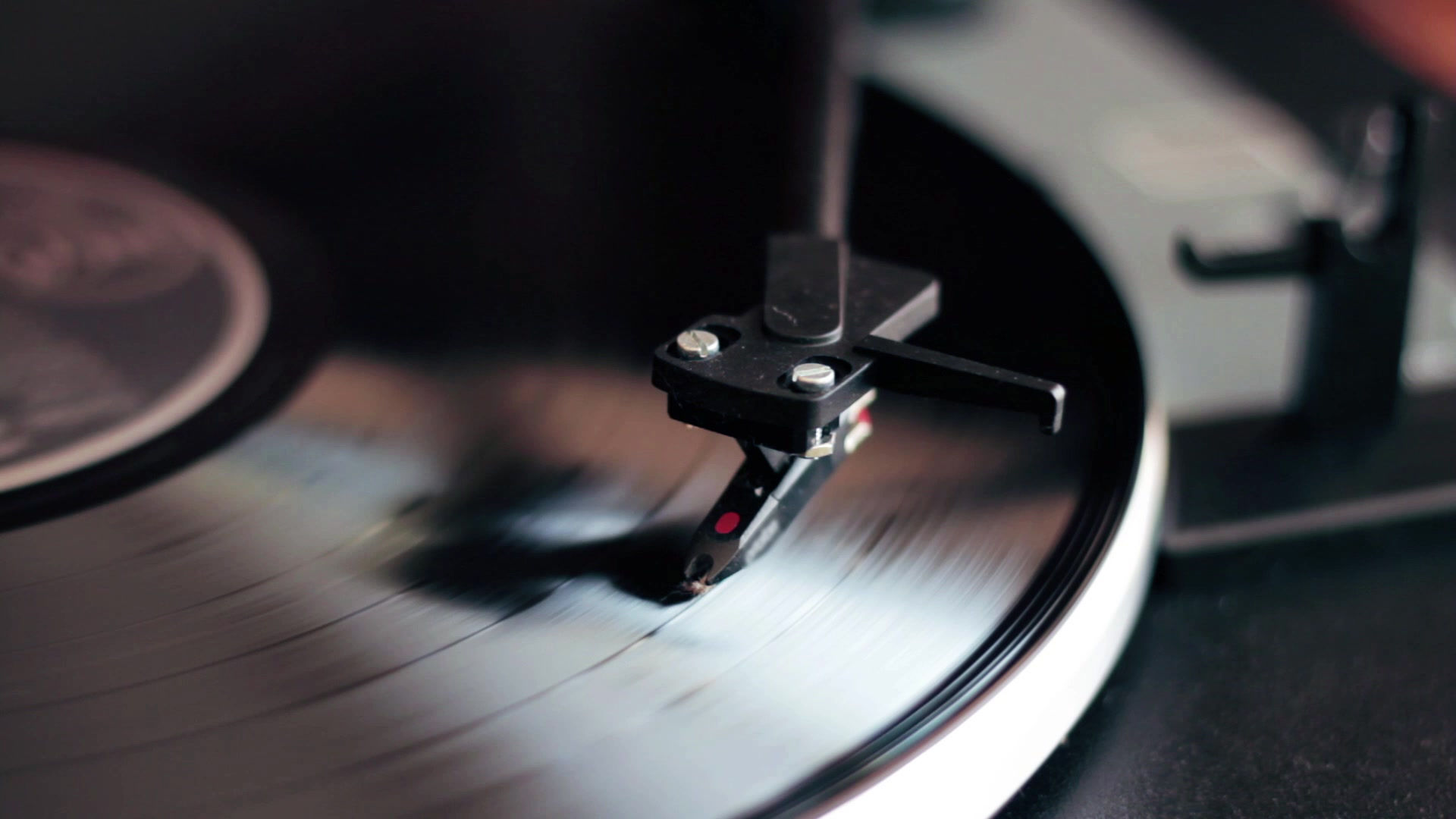
Department of Biotechnology and Medical Engineering
NATIONAL INSTITUTE OF TECHNOLOGY ROURKELA
ODISHA , INDIA - 769008
RESEARCH AREAS
Biomaterials:
Starting as an approach that accentuates inertness, the field of biomaterials has matured to the one that interact with biological systems. Various natural and synthetic biomaterials are being investigated for medical purposes including regeneration and repair of damaged tissues and drug delivery. Our main objective is to promote the advancement of research in the field of biomaterials for improving human health. Currently the research in our lab focuses on all the major categories of biomaterials i.e. natural/synthetic polymers, ceramics, metals and their composites. We engineer novel (micro/nano) biomaterials and systems with controlled properties for tissue engineering, cardiovascular, drug delivery and implant applications. Broad physicochemical, mechanical and biological characterization of the developed materials are performed.
Biomechanics:
Biomechanics is the study of how the systems and structures of biological organisms, from the smallest plants to the largest animals, react to various forces and external stimuli. In humans, biomechanics often refers to the study of how the skeletal and musculature systems work under different conditions. In biomechanics more generally, scientists often try to apply physics and other mathematically based forms of analysis to discover the limits and capabilities of biological systems.
Here we are working with the human gait analysis. Gait analysis is the systematic study of animal locomotion, namely the study of human motion, using the eye and the brain of observers, augmented by instrumentation for measuring body movements, body mechanics, and the activity of the muscles.Gait analysis is used to assess and treat individuals with conditions affecting their ability to walk. It is also commonly employed in sports biomechanics to help athletes run more efficiently and to identify posture-related or movement-related problems in people with injuries.
The study encompasses quantification (i.e. introduction and analysis of measurable parameters of gaits), as well as interpretation, i.e. drawing various conclusions about the animal (health, age, size, weight, speed, etc.) from its gait pattern.
Biotransport:
The study of the movement of mass, momentum and energy in living systems and devices with biological or medical applications is known as BIOTRANSPORT. The basic research related to molecule, organelle and cell function, the design and operation of biomedical devices, biological signal transduction and tissue engineering, require a transport phenomenon. It is classified into different disciplines such as biofluid dynamics and bioheat transfer. The study of biofluid dynamics helps in finding the solution of human body-related disorders. Very interesting in-vivo experiments are designed to understand the concept of biofluid dynamics. Thus, computational and theoretical study play a major role in the understanding of human body biofluid dynamics. Bioheat transfer is the study of the transport of thermal energy in living systems. The cryopreservation and tissue destruction related to thermal process (laser surgery, cryosurgery and nano-cryosurgery/hyperthermia) are one of the important major fields in bioheat transfer.
